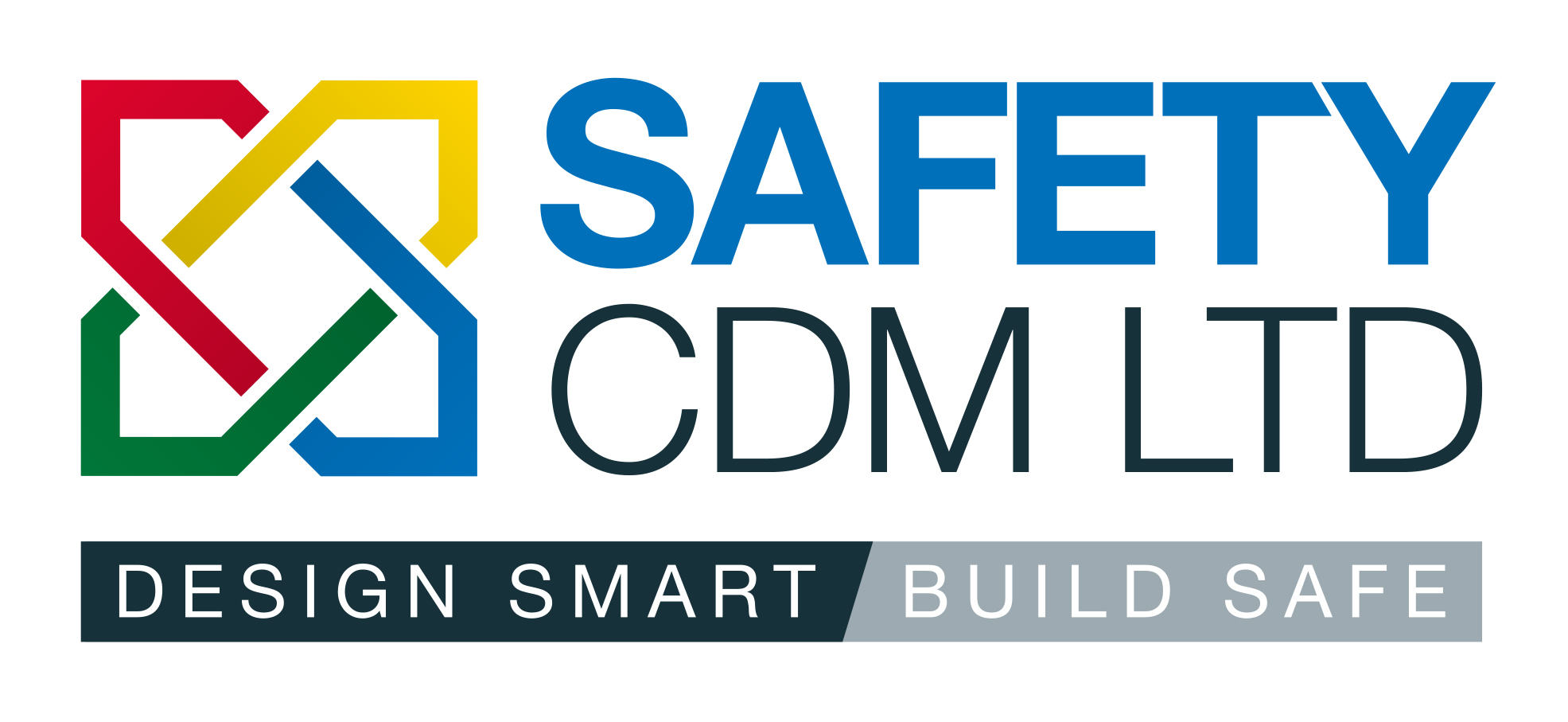
Understanding a Client’s role under CDM2015 Regulations.
Safety CDM Ltd can advise you in all the design and construction phases.
Clients: Roles and Responsibilities
Construction (Design and Management) Regulations 2015 (CDM 2015)
Client – Anyone who has construction work carried out for them.
The main duty for clients is to make sure their project is suitably managed, ensuring the health and safety of all who might be affected by the work, including members of the public. CDM 2015 recognises two types of client:
- Commercial clients have construction work carried out as part of their business. This could be an individual, partnership or company and includes property developers and companies managing domestic properties
- Domestic clients have construction work carried out for them but not in connection with any business – usually work done on their own home or the home of a family member. CDM 2015 Regulations does not require domestic clients to carry out client duties as these normally pass to other duty holders.
Commercial clients have a crucial influence over how projects are run, including the management of health and safety risks. Whatever the project size, the commercial client has contractual control, appoints designers and contractors, and determines the money, time and other resources for the project.
For all projects, commercial clients must:
- make suitable arrangements for managing their project,
- Including:
- appointing the contractors and designers to the project (including the principal designer and principal contractor on projects involving more than one contractor) while making sure they have the skills, knowledge, experience and organisational capability
- allowing sufficient time and resources for each stage of the project
- making sure that any principal designer and principal contractor appointed carry out their duties in managing the project
- making sure suitable welfare facilities are provided
- maintain and review the management arrangements
- provide pre-construction information to all designers and contractors either bidding for the work or already appointed
- ensure that the principal contractor or contractor prepares a construction phase plan before that phase begins
- ensure that the principal designer prepares a health and safety file
- for notifiable projects (where planned construction work will last longer than 30 working days and involves more than 20 workers at any one time; or where the work exceeds 500 individual worker days), commercial clients must:
- notify HSE in writing with details of the project
- ensure a copy of the notification is displayed in the construction site office
Domestic client is any individual who has construction work carried out on their home, or the home of a family member, that is not done as part of any business.
While CDM 2015 place client duties on commercial clients in full, such duties for domestic clients normally pass to:
- the contractor, if it is a single contractor project, who must take on the legal duties of the client in addition to their own as contractor. In practice, this should involve little more than what they normally do in managing health and safety risks.
- the principal contractor, for projects with more than one contractor, who must take on the legal duties of the client in addition to their own as principal contractor. If the domestic client has not appointed a principal contractor, the client duties must be carried out by the contractor in control of the construction work, any designer in charge of coordinating and managing a project is assumed to be the principal designer. However, if they do not have a written agreement with the domestic client to confirm they are taking on the client duties, those duties automatically pass to the principal contractor.
If a domestic client has appointed an architect (or other designer) on a project involving more than one contractor, they can ask them to manage the project and take on the client duties instead of the principal contractor.
The designer then takes on the responsibilities of principal designer and must have a written agreement with the domestic client, confirming they have agreed (as principal designer) to take on the client duties as well as their own responsibilities.
Any designer in charge of coordinating and managing a project is assumed to be the principal designer. However, if they do not have a written agreement with the domestic client to confirm they are taking on the client duties, those duties automatically pass to the principal contractor.
PDF Download Download full HSE details
